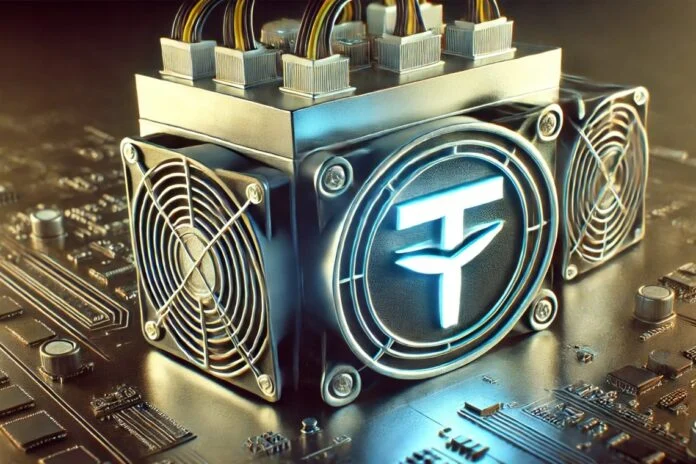Tether, the leading company in the stablecoin sector, has strengthened its presence in Bitcoin mining by increasing its stake in Bitdeer Technologies (BTDR).
According to the documents filed with the U.S. Securities and Exchange Commission (SEC), the company has acquired a larger number of shares in the cryptocurrency mining company.

Summary
Tether now holds 21.4% of Bitdeer Technologies shares
From the official documents, it emerges that Tether and its subsidiaries—Tether International, S.A. de C.V. and Tether Investments, S.A. de C.V.—now own 31,891,689 Class A ordinary shares of Bitdeer.
This participation represents the 21.4% of the total shares outstanding of Bitdeer, granting Tether a significant position within the company.
Tether is primarily known for its stablecoin USDT, one of the most used digital currencies in the bull and bear markets of cryptocurrencies.
However, the company has expanded its scope in recent years by investing in Bitcoin mining, energy infrastructure, and artificial intelligence.
Bitdeer: a vertical integration in Bitcoin mining
Bitdeer, founded by Jihan Wu, is one of the leading companies in the Bitcoin mining sector.
The company has adopted a vertical integration strategy, expanding its control over every phase of the mining process, from chip production to the management of the energy needed to power the data centers.
Recently, Bitdeer announced the results of the laboratory test of its new chip, the SEALMINER A3, which demonstrated an efficiency below 10 J/TH.
This data could represent a step forward for the mining sector, reducing costs and improving the sustainability of operations.
Bitdeer shares in a strong bear
Despite technological advances and the support of a major investor like Tether, Bitdeer shares (BTDR) are down over 50% since the beginning of the year. At the time of publication, the stock is trading at $10.48.
The negative trend could be linked to the volatility of the cryptocurrency market and the regulatory uncertainties that affect companies in the sector.

A future tied to the evolution of the crypto sector
The increase in Tether’s stake in Bitdeer confirms the growing interest of companies in the crypto sector in mining and energy infrastructures.
As the market matures, strategic investments like this could determine the future of Bitcoin production and its sustainability.
